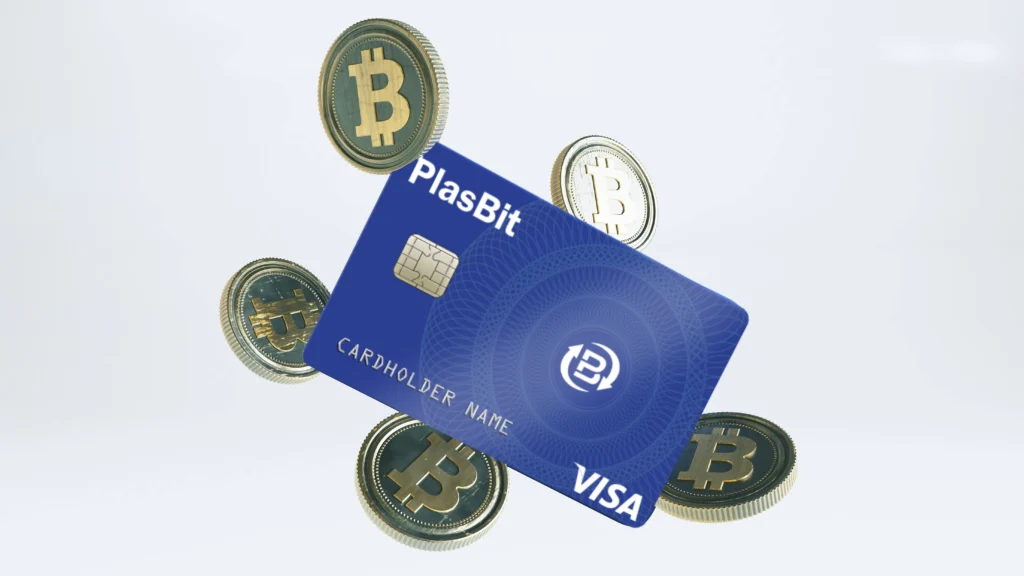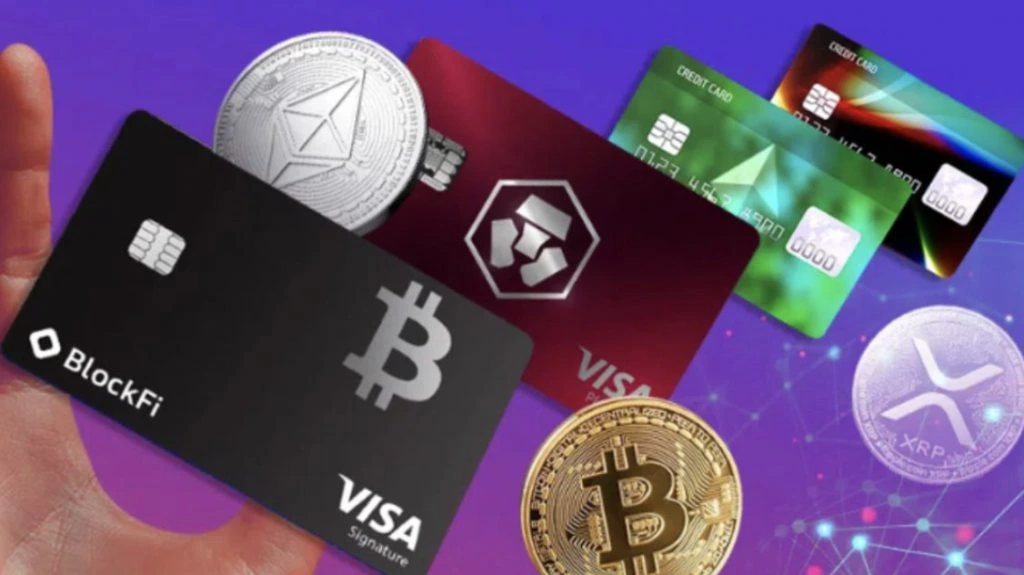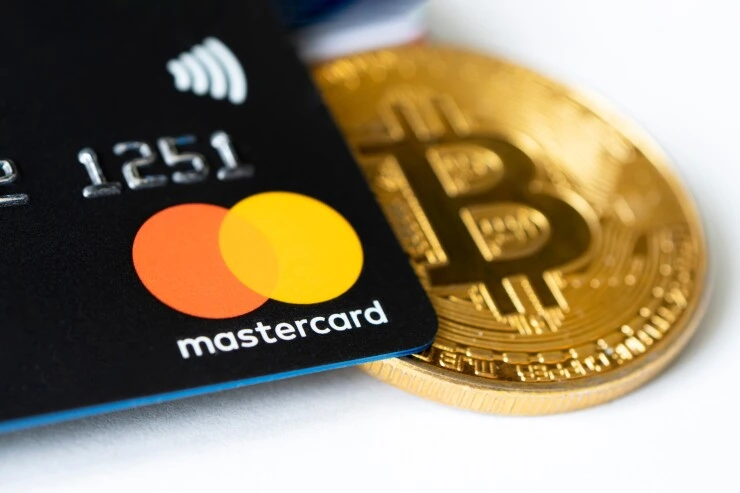From Plastic to Protocol: A Crypto Card Comparison Through Time
May 26, 2025

The Crypto Card Comparison—By Way of History
Let’s rewind a little. A decade ago, the idea of making a crypto card comparison—lining up Bitcoin-backed plastic against your everyday Visa—would’ve sounded like something out of sci-fi. But in 2025? It’s not just possible; it’s necessary.
As cryptocurrency keeps inching its way into daily life, from online shopping to paying for coffee, more people are asking: Should I stick with my credit card, or is a crypto card actually worth it? This crypto card comparison isn’t just a curiosity—it’s a sign of the times.
So, instead of doing the usual feature list, we’re taking a step back. We’re digging into the evolution of both tools: how credit cards came to rule the financial world, how crypto cards burst onto the scene, and where they collide today.
Because understanding where they came from? That’s the only way to figure out where they’re going—and which one belongs in your wallet.
1950s–1970s: The Birth of the Credit Card

It all started with the Diners Club in 1950—essentially a cardboard charge card for restaurant bills. Fast forward to the ’60s and ’70s, and we get giants like Visa and Mastercard launching full-blown plastic credit cards. The idea was revolutionary: spend now, pay later.
By the ’80s, credit cards were a status symbol and a practical necessity. They allowed for global travel, emergency spending, and even helped people build financial reputations—aka your credit score.
Still, these early cards were very much tied to banks, interest rates, and centralized systems.
2008: A New Chapter Begins with Bitcoin

Then came the game-changer—2008. Bitcoin’s whitepaper dropped, and with it, the radical idea of digital, decentralized money. No middlemen, no borders, just peer-to-peer transactions secured by blockchain.
At first, it was niche. Tech bros and cyberpunks. But the promise was there: money without banks.
So how does this tie into our crypto card comparison? Well, it sets the stage for people to not just invest in crypto—but actually spend it.
2015–2020: Crypto Cards Enter the Chat

The concept of a crypto card isn’t that old. Around the mid-2010s, companies like BitPay, TenX, and later, Crypto.com and Coinbase, started issuing cards that allowed users to convert crypto to fiat on the go.
These weren’t “credit cards” in the traditional sense—they’re usually prepaid or debit-style cards. Still, they bridged two worlds: the volatility and freedom of crypto, with the usability of the Visa/Mastercard network.
And suddenly… spending Bitcoin at Starbucks wasn’t just a meme anymore.
Crypto Card Comparison: How Do They Stack Up Today?

Let’s hit pause on the timeline for a second and look at how crypto cards compare to traditional credit cards right now.
Where Crypto Cards Shine
- Real-Time Crypto Conversion: Use your BTC or ETH for groceries, gas, or even plane tickets. No manual swapping needed.
- Decentralized Appeal: Ideal for those who want distance from banks and credit institutions.
- Crypto Rewards: Many platforms offer 1–5% cashback in Bitcoin or native tokens.
- Global Reach: Most are backed by major card networks—yes, you can use them in Paris or Penang.
But…
Where Credit Cards Still Dominate
- Credit Building: Crypto cards don’t report to credit bureaus—no score boost.
- Fraud Protection: Traditional cards offer chargebacks, purchase protection, and insurance.
- Perks Galore: Lounge access, travel points, 0% intro APR offers—none of that exists (yet) with most crypto cards.
- Stable Currency: No surprise losses because your card was tied to a tanking token.
2020s: A Fork in the Road


Now, in 2025, both cards serve different purposes. Some people swear by their Chase Sapphire or Amex. Others are using their Coinbase Card to tap through life, powered by digital coins.
The choice reflects more than spending style—it reflects philosophy. Want stability and protection? Credit cards still win. Want autonomy, fast access to crypto funds, and maybe a little thrill? Crypto cards deliver.
Crypto Card Comparison: What the Future Could Hold

Looking ahead, the lines may blur even more.
Imagine a hybrid card that earns points and lets you toggle between fiat and crypto. Or a card that builds your crypto credit profile (yes, that’s a thing people are trying to build).
Some say crypto cards are a fad. Others say they’re the first chapter of an entirely new financial system.
Either way, this crypto card comparison shows one thing: we’re living through a shift. And whether you swipe plastic or tap into your crypto wallet, you’re part of it.
Final thought? Maybe don’t pick a side. Pick what fits your moment in time.
Relevent news: Here

